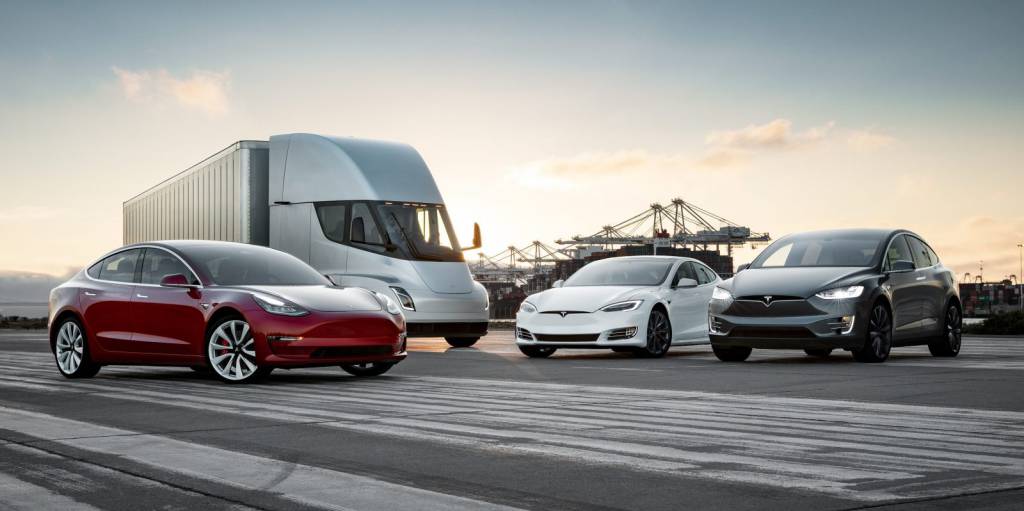Tesla released the quarterly financial results, which usually come a few weeks after the sales data was released. Figures that have surprised almost all analysts who expected Americans to return to losses due to the impact of the coronavirus.
But not only have they not entered into losses, but Tesla has shown excellent results given the circumstances of the temporary stoppage of factories in the United States and China, with the consequent delay in deliveries.
Altogether, Tesla has entered a total of 6,036 million dollars in the second quarter. This is approximately $1 million more than expected and only 5% less than the same period last year had achieved. In terms of results, Tesla remains in the green zone for the fourth consecutive quarter achieving a net profit of $104 million.
They also manage to increase their cash flow by $535 million to a box of $8.6 billion, which will allow them to enjoy great flexibility in the coming months.
Another vital piece of information, in summary, is related to the profit margin per vehicle sold. A figure that does not stop increasing has gone from 18.9% in the second quarter of 2019, to no less than 25.4% of this.
According to the brand, there have been two key factors in achieving this important milestone. One is the reduction of operating costs, mainly through temporary labor measures, which have partially offset the impact of the closure of production. On the other hand, Tesla continues to take advantage of the emission reduction policies of states such as California, where brands without electric vehicles must pay emission credits that they buy, among other brands, from Tesla, and which in this quarter have allowed those of Elon Musk to enter a total of $428 million. Enough to manage to enter benefits even in a critical moment like the one lived.
But without a doubt the base of these figures are the good progress of the sales of its vehicles, which as we recall have reached 90,650 units between April and June. One of the keys has been Tesla’s commercial policy, through online purchase and delivery without contact and with social distancing, limiting the drop in deliveries by just 5% compared to last year.
Despite this, not all is good news, for example, the energy division has gaps and shadows, with a section of solar panels that seems to have entered a very negative dynamic. After strong growth in 2019, this years sales are steadily decreasing, with just 27 MW installed or 7% less than the second quarter of 2019 and 23% less than the January-March period of this year.

